You’ve bought the best breadmaker, and you’ve got great bread making recipes. But it’s just not working out! We understand the frustration of your loaf not quite being picture perfect! Don’t worry, we can help! Let’s first make sure our ingredients are fresh, then explore some common bread baking problems, and the steps that can be taken to correct them.
Bread Baking Problems and Solutions
Collapsed or Sunken Loaf (Rising and Falling)
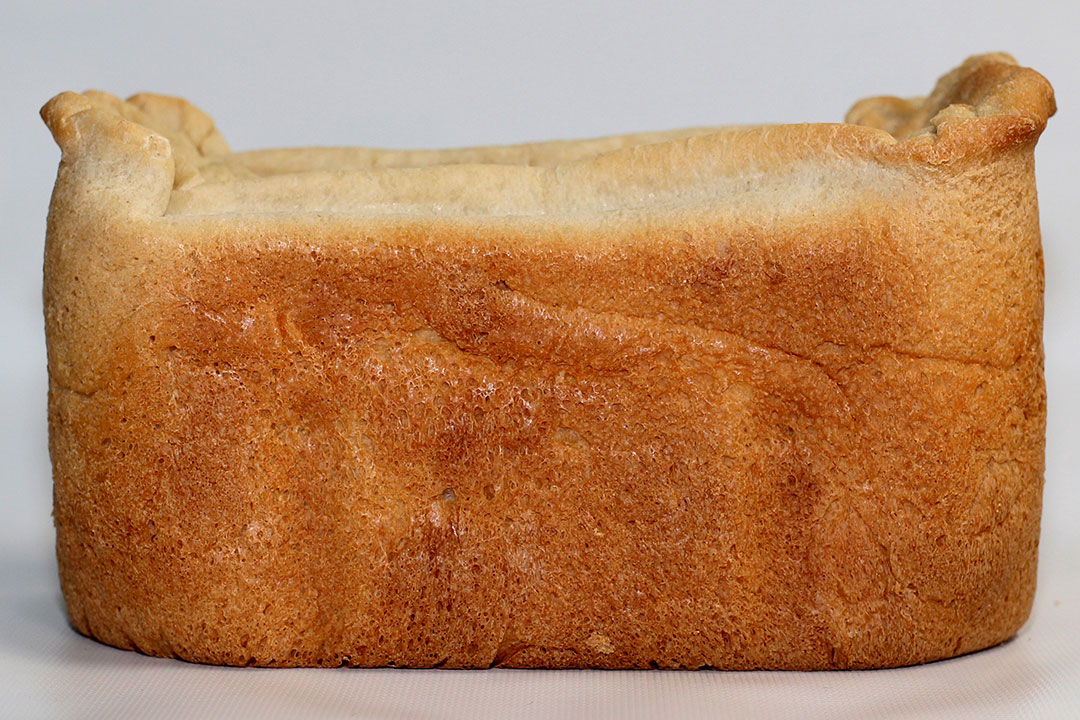
Cause: too much yeast, sugar or water, too little salt, or high altitude.
Here’s what you can try doing to improve your loaf: Reduce your yeast by 1/8 to 1/4 teaspoon to start with, and using cold water. If you see an improvement but it’s still not quite there, continue to reduce incrementally. Alternatively, you could try increasing salt, or decreasing your sugar or water.
Short, Dense, and/or Dark Loaf
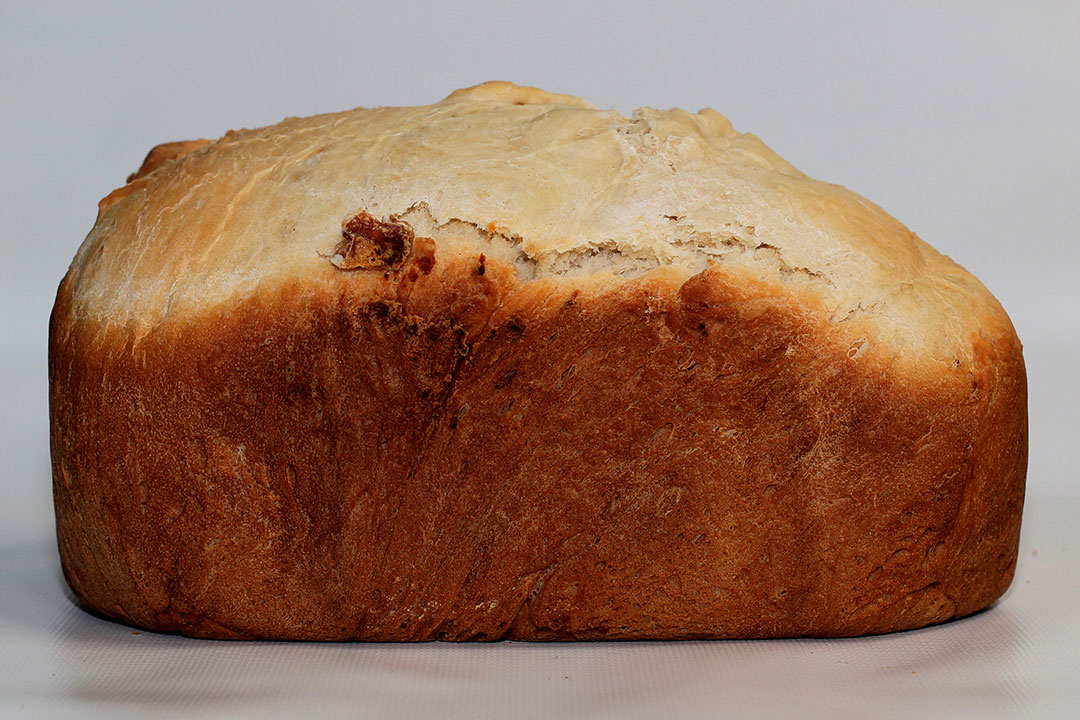
Cause: typical of too much flour (or other dry ingredients) or not enough liquid; less often a result of too little yeast, too little sugar, too much salt, or old ingredients.
Here’s what you can try doing to improve your loaf: Reduce your flour* or increasing your liquids. You can always check your dough during the KNEAD cycle to make sure the texture isn’t too dry.
Lopsided Loaf
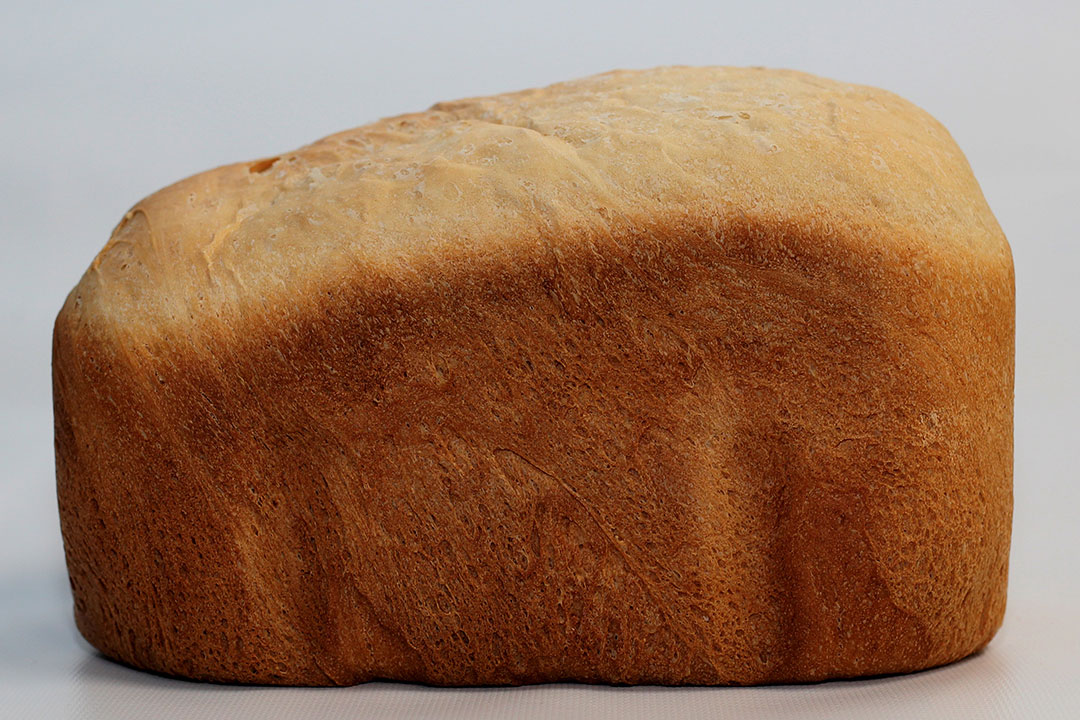
Cause: typical of too much flour (or other dry ingredients), not enough liquid, or recipe size is too small
Here’s what you can try doing to improve your loaf: Reducing your flour* or increasing your liquids. If you’re using your own recipe, you may need to increase the recipe size. The minimum loaf size for our 2 pound bread machines is 1 1/2 pounds (BB-CEC20 and BB-PAC20), and 1 pound for our 1 pound machine (BB-HAC10).
Lumpy Loaf
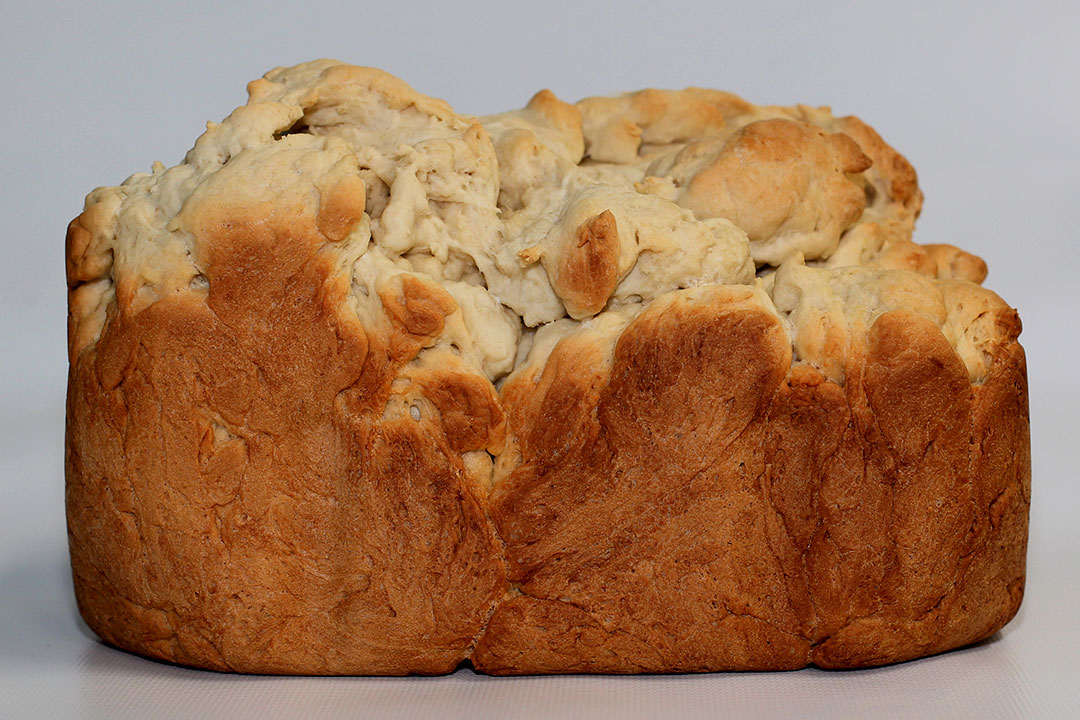
Cause: Typical of too much flour (or other dry ingredients) or not enough liquid
Here’s what you can try doing to improve your loaf: Reducing your flour* or increasing your liquids. Check the dough during the KNEAD cycle—if it appears knotty or lumpy, you can add a tablespoon of water at a time until a nice, round ball of dough forms.
Unmixed Ingredients
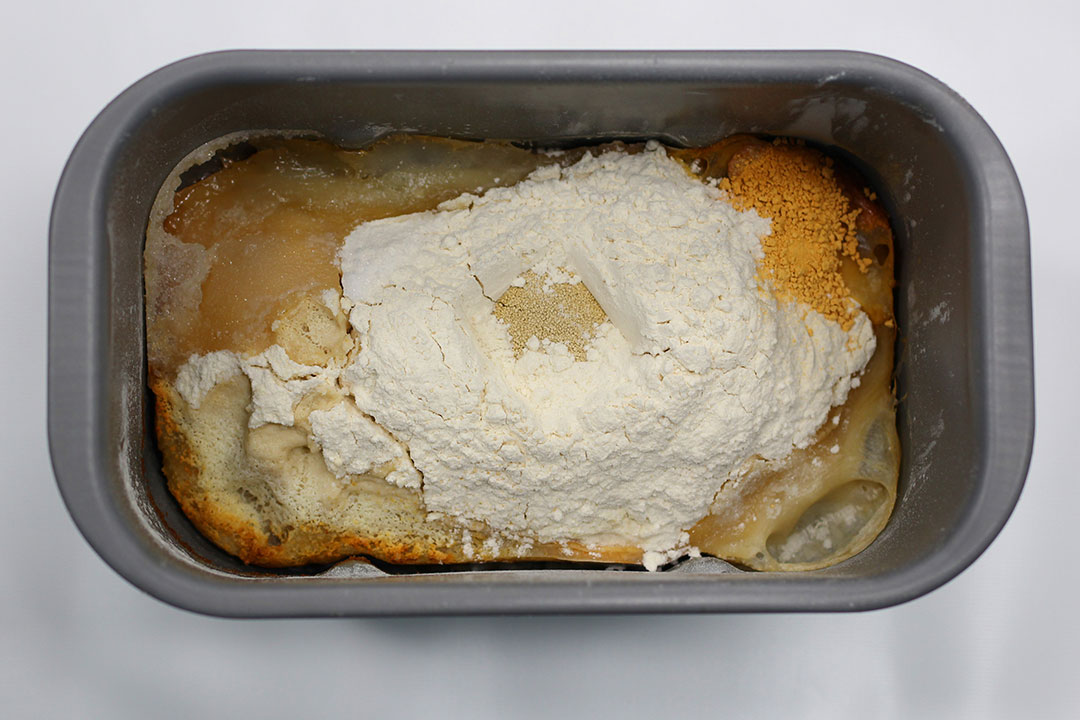
Cause: The kneading blades were not installed properly, or kneading blades have worn out.
Here’s what you can try doing to improve your loaf: Installing kneading blades before adding ingredients to the baking pan. If you suspect they have worn out, take the baking pan out of the bread machine and place the kneading blades on the metal shafts. Then, try turning the blades with your finger. Do they catch the shafts and make them rotate? If one or both doesn’t, it’s time to replace them.
Add Ingredients Didn’t Mix
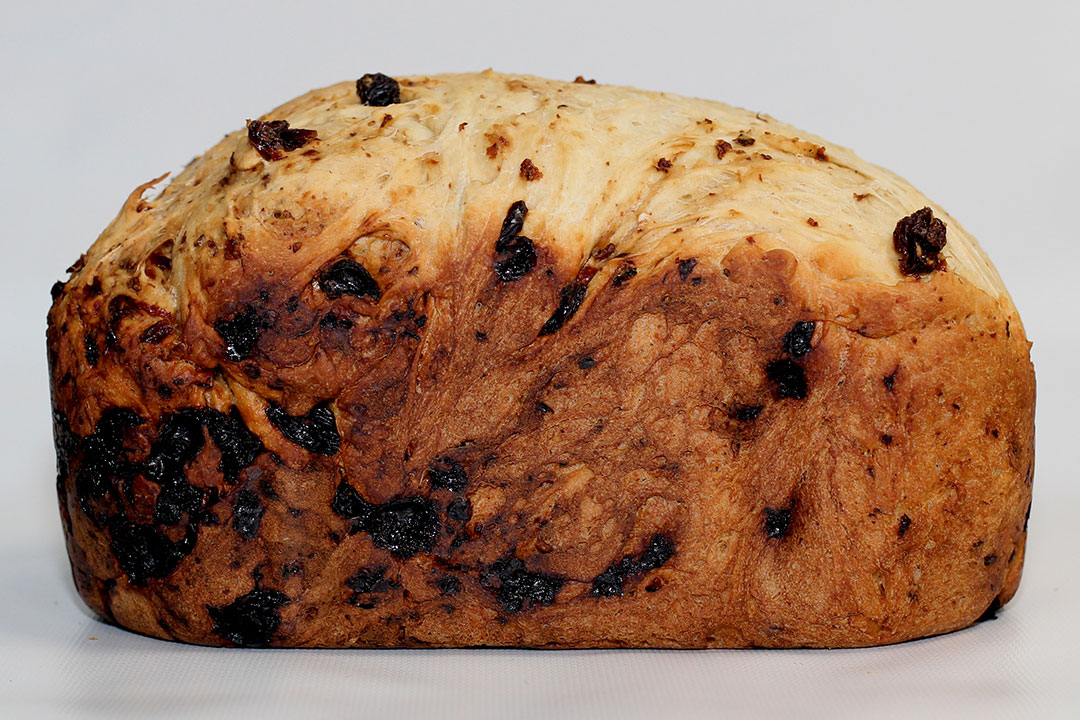
Cause: Typical of too much flour (or other dry ingredients) or not enough liquid.
Here’s what you can try doing to improve your loaf: Reducing your flour* or increasing your liquid. When the dough is too dry, add ingredients like nuts and raisins cannot penetrate the dough ball.
*The weight of a cup of flour can fluctuate significantly depending upon how the flour is measured. Using the measuring cup as a scooper, or pouring flour into the measuring cup will result in more of the ingredient being used than our recipes call for. You can reduce your flour using one of two methods:
- Volumetrically: Fluff your flour with a fork or a whisk to loosen it; then, spoon it into your nested measuring cups, and level off without tapping or shaking.
- By weight: Weigh your flour with a digital kitchen scale (128g/4.51oz per cup for bread flour; 120g/4.23 oz for whole wheat flour, and 125g/4.41oz for all purpose). This method yields the most consistent and optimal results, and conveniently cuts out the guesswork.
Still having trouble, or don’t see your baking problem listed here? Please contact our customer service team for assistance or give us a message on our Facebook.
Leave a Reply